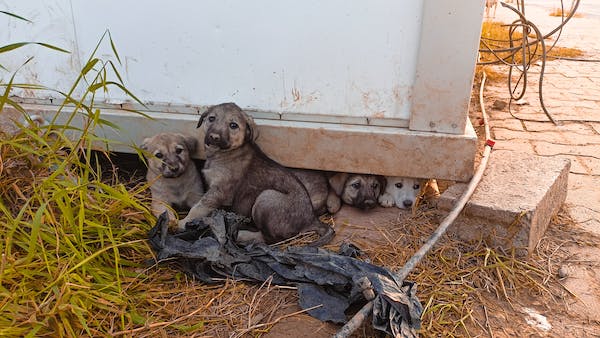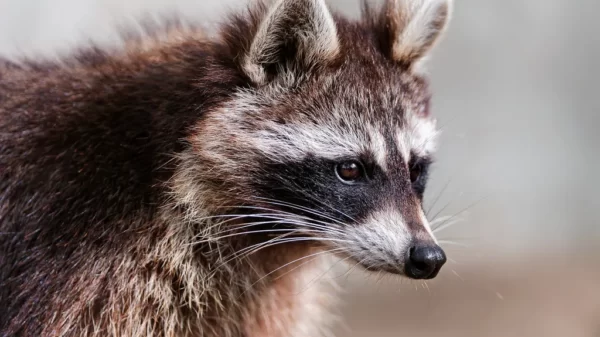Welcome to the wild side! From the frigid Arctic tundras to the scorching Sahara deserts, animals have mastered the art of adaptation over millions of years. Survival in these harsh environments requires more than just brute force; it demands cunning instincts, resourcefulness, and incredible resilience. In this blog post, we’ll explore some of nature’s most impressive survival tactics and discover how different species adapt to their surroundings in order to thrive. So grab your binoculars and get ready for an adventure as we delve into the fascinating world of animal adaptations!
Introduction to Animal Adaptations
Animals have evolved a variety of mechanisms to survive in their environments. Some adaptations allow animals to find food, escape predators, or withstand environmental conditions such as cold or drought. Other adaptations help animals reproduce and care for their young.
Most animal adaptations are structural, meaning they involve physical changes to the body. For example, many animals have developed fur or feathers to keep them warm in cold climates. Some animals have adapted to living in water by developing fins or gills. Other animals have developed long necks or legs to reach food sources or escape predators.
Behavioral adaptations are also important for survival. For example, some animals migrate great distances to find food or suitable mating partners. Others use camouflage to blend in with their surroundings and avoid being detected by predators. Some animals cooperate with others of their species to increase their chances of survival.
Animals continue to evolve new adaptations in response to changing environments. As the Earth’s climate changes, we are likely to see more new and innovative adaptations from the animal kingdom.
Different Types of Animal Adaptations Survival Tactics in the Wild
There are many different types of animal adaptations that help animals survive in their environment. Some adaptations help animals find food, while others help them escape predators. Some adaptations allow animals to live in cold climates, while others help them survive in hot climates.
One type of adaptation is camouflage, which helps animals blend in with their surroundings and avoid being seen by predators. Another type of adaptation is called crypsis, which helps animals avoid being detected by their predators through visual, auditory, or chemical means.
Some animals have developed special adaptations for living in cold climates. These adaptations include thick fur coats, layers of fat beneath the skin, and the ability to generate their own body heat. Other animals have developed special adaptations for living in hot climates. These adaptations include the ability to sweat, panting, and drinking large amounts of water.
Examples of Animal Adaptations in the Wild
There are countless examples of animal adaptations in the wild. Some animals have adapted to their environment by developing camouflage to blend in with their surroundings and avoid being seen by predators. Others have developed keen eyesight or hearing to help them locate prey, or sharp claws and teeth for hunting and self-defense.
Some animals have even adapted to living in extreme environments, such as hot deserts or cold mountains. These animals often have special features that help them survive in these harsh conditions, such as thick fur coats or desert-dwelling species that can go without water for long periods of time.
The Science Behind Animal Adaptations
There are many different ways that animals can adapt to their environment in order to survive. Some of these adaptations are physical, such as changes in fur or feather coloration that help the animal to blend in with its surroundings. Others are behavioral, such as migrating to a new location when the food supply becomes scarce.
One of the most important ways that animals can adapt to their environment is by changing their physiology, or how their body functions. For example, some animals can change the way they regulate their body temperature in order to cope with extreme temperatures. Others can alter their digestive system so that they can digest different types of food.
The science behind these adaptations is fascinating, and it is constantly being studied by scientists in order to better understand how animals are able to survive in changing environments. By understanding the mechanisms behind these adaptations, we can learn more about the evolution of different species and how they have been able to adapt to different ecological niches over time.
How Animals Use their Adaptations in the Wild in Survival Tactics in the Wild
In the wild, animals must use their adaptations to find food, escape predators, and survive in extreme climates. Some animals are able to do this by using their natural camouflage to blend in with their surroundings. Others use their speed or agility to outrun predators. Some animals have developed special skills for finding food, such as using their sense of smell to track down prey. And some animals can even change the color of their fur or skin to match their environment. By using their adaptations, animals are able to survive in the wild and thrive in their ecosystems.
Methods Humans Can Use from Animal Adaptations in Survival Tactics in the Wild
There are many ways that humans can use animal adaptations to survive in the wild. Some of these methods include:
1. Learning to build shelter from materials found in nature: When animals build their homes, they usually use whatever materials are available to them in their environment. This same principle can be applied to humans who are trying to survive in the wild. By using materials such as leaves, branches, and rocks, it is possible to build a sturdy shelter that will protect you from the elements.
2. Gathering food and water: Animals have developed various methods for finding food and water in their natural habitats. For example, some animals dig for insects or small mammals, while others eat plants or fruits. Humans can use these same techniques to gather food and water in the wild.
3. Avoiding predators: Many animals have evolved strategies for avoiding predators. These strategies can be used by humans as well. For example, if you see a predator, you can try to hide behind a tree or large bush. If you are being chased by a predator, you can try to zigzag so that it is difficult for the predator to catch you.
4. Using camouflage: Camouflage is another adaptation that has evolved in many animals. This adaptation allows them to blend in with their surroundings and avoid being seen by predators or prey. Humans can use camouflage as well by wearing clothing that matches the colors of their surroundings
Conclusion
Survival tactics in the wild are essential for animals to thrive. Each species has its own unique adaptations that enable it to survive and even thrive in their particular environment. By understanding these behaviors, we can better appreciate the complexity of animal behavior and how they interact with their surroundings. This knowledge can also help us as humans develop more sustainable practices when interacting with nature.










